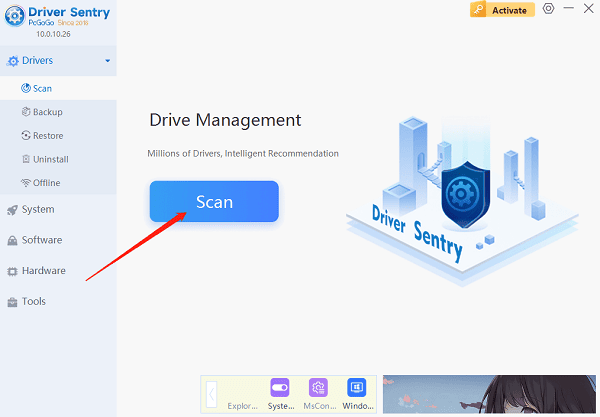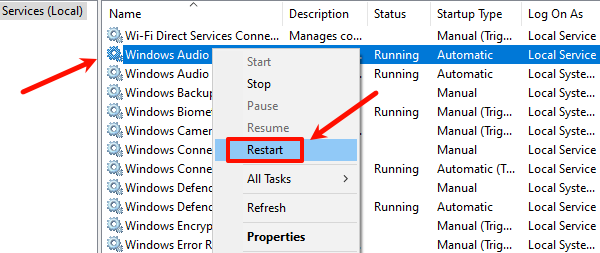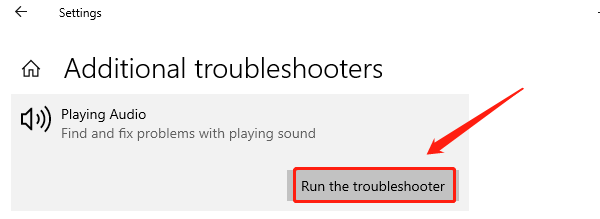
When using a Windows computer, many users may encounter the issue of "Realtek Digital Output has no sound". This article will provide practical solutions to help you quickly restore sound output.
1. Check the Default Audio Output Device
Right-click the volume icon in the bottom-right corner of the taskbar and select "Sounds".
Under the "Playback" tab, locate Realtek Digital Output.
If it's not set as the default device, click on it and choose "Set Default" at the bottom.
Click "OK" to save the settings, then test if the sound is working.
✅ Tip: If you're using external speakers or headphones, make sure the correct output device is selected.
2. Update the Realtek Audio Driver
An outdated or corrupted driver is one of the most common causes of no sound. Ensuring your audio driver is up to date can resolve this issue effectively. It's recommend to use Driver Sentry to automatically detect and update drivers. It's time-saving and helps avoid downloading or installing the wrong drivers.
Click the download button to get the latest version of Driver Sentry, install and launch the software.
Click "Scan" to detect missing or outdated drivers.

Locate the Realtek audio driver in the results and click "Upgrade".
Once the update is complete, restart your PC to ensure the changes take effect.
3. Check the Audio Format
Right-click the volume icon in the taskbar and select "Sounds".
Under the "Playback" tab, double-click Realtek Digital Output to open its Properties window.
Switch to the "Advanced" tab and try different sample rates and bit depths under "Default Format" (e.g., 24-bit, 48000 Hz).

Close the window and test the audio again.
4. Check the Windows Audio Service
Press Win + R, type "services.msc", and hit Enter to open the Services window.
Scroll down and locate "Windows Audio". Ensure its status is Running.
If it's not running, right-click it and select "Start".
If it is already running, right-click and choose "Restart".

Close the window and test if the audio has returned.
5. Run the Audio Troubleshooter
Open Settings and go to "Update & Security".
In the left panel, select Troubleshoot, then click on "Additional troubleshooters".
Find "Playing Audio" and click "Run the troubleshooter".

The system will detect and attempt to fix issues automatically. Test your sound after completion.
6. Check Optical/HDMI Connection and Speaker Settings
If you're using optical or HDMI to connect speakers, confirm the following:
Ensure your speaker system supports the selected formats (e.g., DTS, Dolby).
In the Realtek Digital Output properties, go to "Supported Formats" and uncheck any incompatible ones (we recommend keeping 44.1kHz and 48kHz).
Check cable connections for tightness, and try using different cables if needed.
Frequently Asked Questions
Q1: Does Realtek Digital Output support regular headphones?
A: No, it's for digital devices like optical or HDMI outputs. For regular headphones, use the "Headphones" or "Speakers" port.
Q2: Digital output is set as default but still no sound?
A: Ensure the receiving device is powered on and compatible with the selected audio format. Try lowering the format to 48kHz.
Q3: Is there software that can help fix this quickly?
A: Yes, we recommend using Driver Sentry to update and repair drivers. It's easy to use and ideal for beginners.
By following the steps above, most users can resolve the "Realtek Digital Output has no sound" issue on their own. If the problem persists, consider contacting a technical professional or your motherboard/sound card manufacturer for further support.
See also:
How to Fix Dying Light 2 Stuttering and FPS Drops
Fix the Error Occurred While Updating Steam